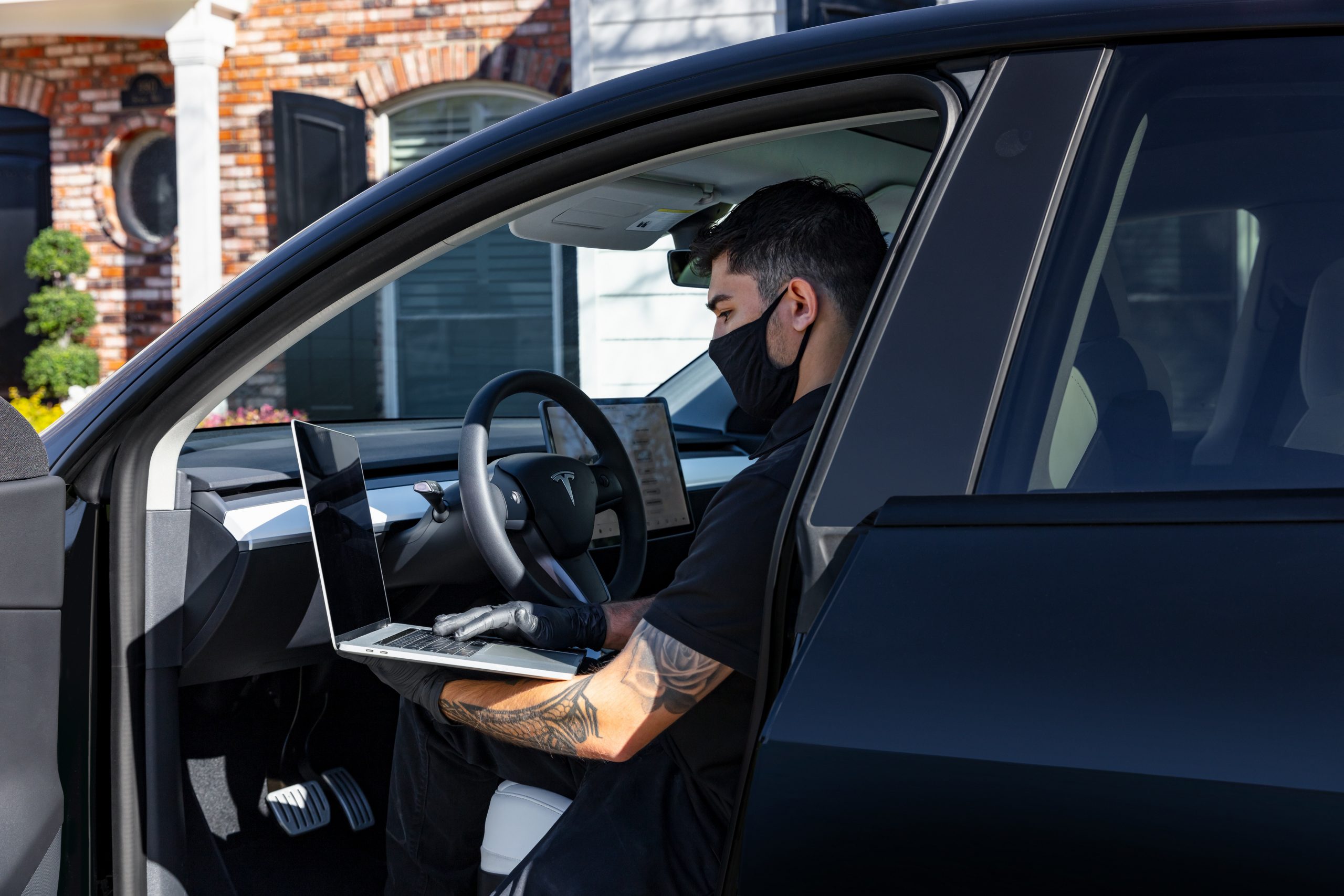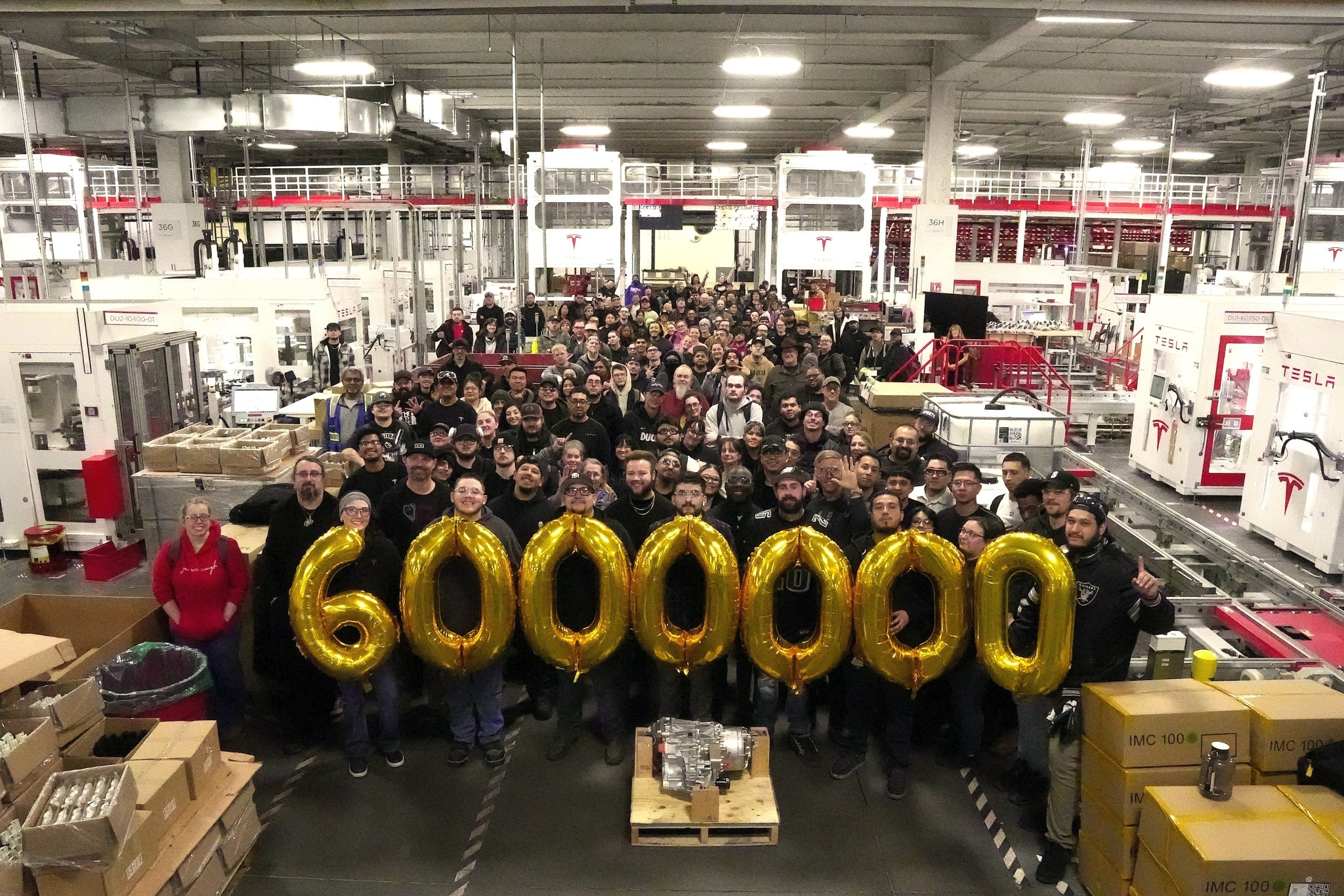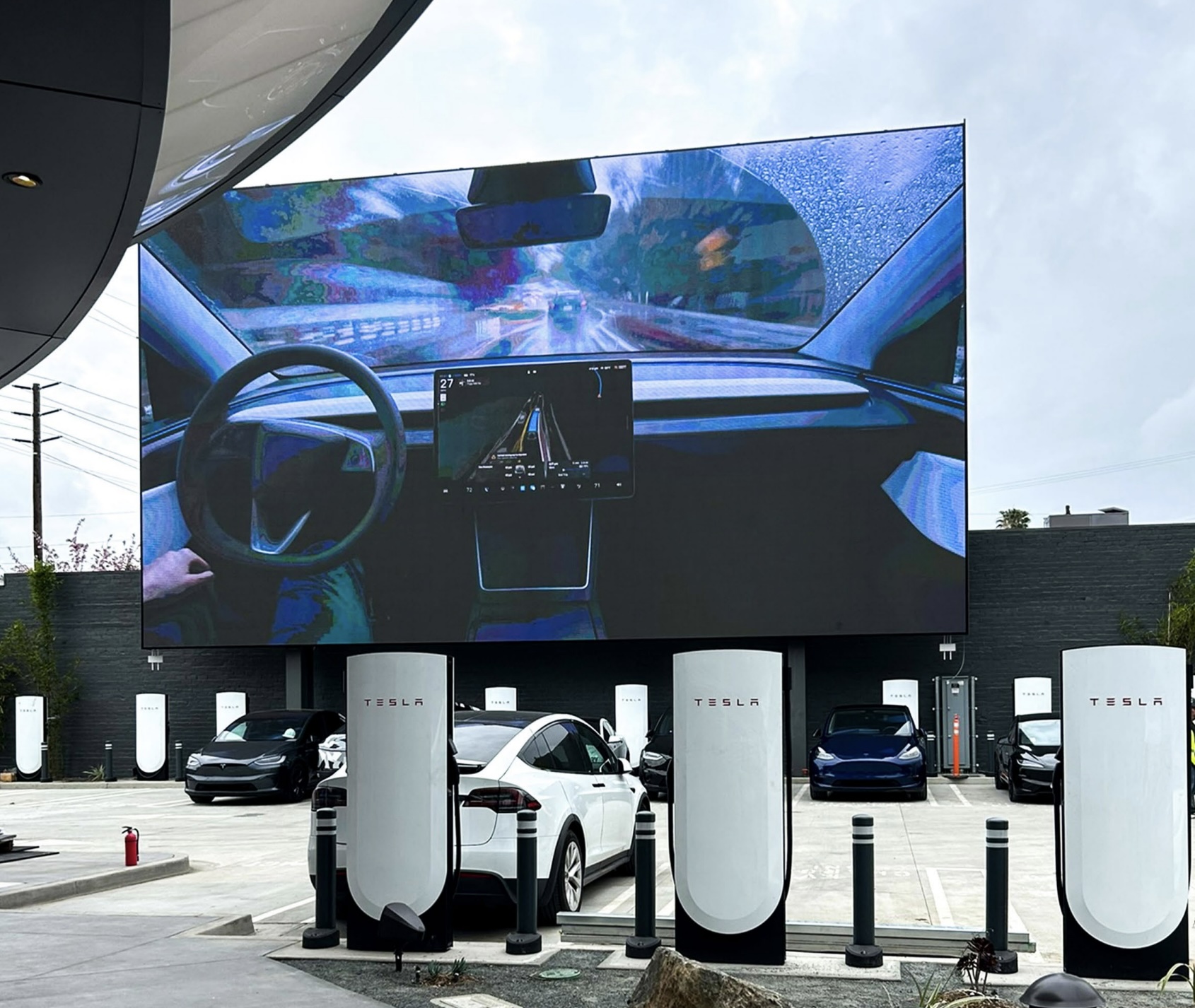News
Tesla to make app change for easier communication following Service
“Looking into it. After a service visit is complete, we close the in-app messaging option after 2 hours. We will change this to 24hours or more.”

Tesla will enhance the ability to communicate through the mobile app with Service after work has been done on your car.
One of the biggest weaknesses of Tesla’s automotive division has been Service, as Service Centers are not necessarily plentiful, and wait times, in some regions of the country, are over a month in duration.
Getting in touch with Service after a car has work done to it is also difficult. Calling showrooms in some regions has proven to be difficult to enable direct communication between the customer and the company.
If something is not resolved properly, Tesla keeps the in-app messaging option active for two hours after the service visit is complete.
However, that doesn’t resolve everything, as some issues may arise again more than two hours later. Then the issue of communication presents itself once again.
Tesla is going to extend that time frame to a day or more, according to Raj Jegannathan, Tesla’s AI/IT-Infra, Cybersecurity, IT Apps & Vehicle Service VP.
Looking into it. After a service visit is complete, we close the in-app messaging option after 2 hours. We will change this to 24hours or more.
— Raj Jegannathan (@r_jegaa) August 18, 2025
Tesla has made several changes over the past few years to attempt to improve its Service. Recently, for Collision repair, it started offering a $45-per-day loaner program with free FSD, free tolls, and free Supercharging.
It also recently started sharing local and regional leader contact information so customers have the ability to reach out when they have complaints or disagree with warranty claims, changes in estimates, or initial diagnostics.
Tesla creates clever solution to simplify and improve its Service
However, this is only available at a few showrooms and is currently a pilot program.
These improvements are aimed at resolving communication breakdown, which appears to be a problem that many owners experience.
Tesla is one of the few companies that also operates a fleet of Mobile Repair vehicles, which will perform service at your house or place of business. However, the size of it has gone down by 11 percent year over year.

Elon Musk
Starlink achieves major milestones in 2025 progress report
Starlink wrapped up 2025 with impressive growth, adding more than 4.6 million new active customers and expanding service to 35 additional countries, territories, and markets.

Starlink wrapped up 2025 with impressive growth, adding more than 4.6 million new active customers and expanding service to 35 additional countries, territories, and markets. The company also completed deployment of its first-generation Direct to Cell constellation, launching over 650 satellites in just 18 months to enable cellular connectivity.
SpaceX highlighted Starlink’s impressive 2025 progress in an extensive report.
Key achievements from Starlink’s 2025 Progress
Starlink connected over 4.6 million new customers with high-speed internet while bringing service to 35 more regions worldwide in 2025. Starlink is now connecting 9.2 million people worldwide. The service achieved this just weeks after hitting its 8 million customer milestone.
Starlink is now available in 155 markets, including areas that are unreachable by traditional ISPs. As per SpaceX, Starlink has also provided over 21 million airline passengers and 20 million cruise passengers with reliable high-speed internet connectivity during their travels.
Starlink Direct to Cell
Starlink’s Direct to Cell constellation, more than 650 satellites strong, has already connected over 12 million people at least once, marking a breakthrough in global mobile coverage.
Starlink Direct to Cell is currently rolled out to 22 countries and 6 continents, with over 6 million monthly customers. Starlink Direct to Cell also has 27 MNO partners to date.
“This year, SpaceX completed deployment of the first generation of the Starlink Direct to Cell constellation, with more than 650 satellites launched to low-Earth orbit in just 18 months. Starlink Direct to Cell has connected more than 12 million people, and counting, at least once, providing life-saving connectivity when people need it most,” SpaceX wrote.
News
Tesla Giga Nevada celebrates production of 6 millionth drive unit
To celebrate the milestone, the Giga Nevada team gathered for a celebratory group photo.

Tesla’s Giga Nevada has reached an impressive milestone, producing its 6 millionth drive unit as 2925 came to a close.
To celebrate the milestone, the Giga Nevada team gathered for a celebratory group photo.
6 million drive units
The achievement was shared by the official Tesla Manufacturing account on social media platform X. “Congratulations to the Giga Nevada team for producing their 6 millionth Drive Unit!” Tesla wrote.
The photo showed numerous factory workers assembled on the production floor, proudly holding golden balloons that spelled out “6000000″ in front of drive unit assembly stations. Elon Musk gave credit to the Giga Nevada team, writing, “Congrats on 6M drive units!” in a post on X.
Giga Nevada’s essential role
Giga Nevada produces drive units, battery packs, and energy products. The facility has been a cornerstone of Tesla’s scaling since opening, and it was the crucial facility that ultimately enabled Tesla to ramp the Model 3 and Model Y. Even today, it serves as Tesla’s core hub for battery and drivetrain components for vehicles that are produced in the United States.
Giga Nevada is expected to support Tesla’s ambitious 2026 targets, including the launch of vehicles like the Tesla Semi and the Cybercab. Tesla will have a very busy 2026, and based on Giga Nevada’s activities so far, it appears that the facility will be equally busy as well.
News
Tesla Supercharger network delivers record 6.7 TWh in 2025
The network now exceeds 75,000 stalls globally, and it supports even non-Tesla vehicles across several key markets.

Tesla’s Supercharger Network had its biggest year ever in 2025, delivering a record 6.7 TWh of electricity to vehicles worldwide.
To celebrate its busy year, the official @TeslaCharging account shared an infographic showing the Supercharger Network’s growth from near-zero in 2012 to this year’s impressive milestone.
Record 6.7 TWh delivered in 2025
The bar chart shows steady Supercharger energy delivery increases since 2012. Based on the graphic, the Supercharger Network started small in the mid-2010s and accelerated sharply after 2019, when the Model 3 was going mainstream.
Each year from 2020 onward showed significantly more energy delivery, with 2025’s four quarters combining for the highest total yet at 6.7 TWh.
This energy powered millions of charging sessions across Tesla’s growing fleet of vehicles worldwide. The network now exceeds 75,000 stalls globally, and it supports even non-Tesla vehicles across several key markets. This makes the Supercharger Network loved not just by Tesla owners but EV drivers as a whole.
Resilience after Supercharger team changes
2025’s record energy delivery comes despite earlier 2024 layoffs on the Supercharger team, which sparked concerns about the system’s expansion pace. Max de Zegher, Tesla Director of Charging North America, also highlighted that “Outside China, Superchargers delivered more energy than all other fast chargers combined.”
Longtime Tesla owner and FSD tester Whole Mars Catalog noted the achievement as proof of continued momentum post-layoffs. At the time of the Supercharger team’s layoffs in 2024, numerous critics were claiming that Elon Musk was halting the network’s expansion altogether, and that the team only remained because the adults in the room convinced the juvenile CEO to relent.
Such a scenario, at least based on the graphic posted by the Tesla Charging team on X, seems highly implausible.








